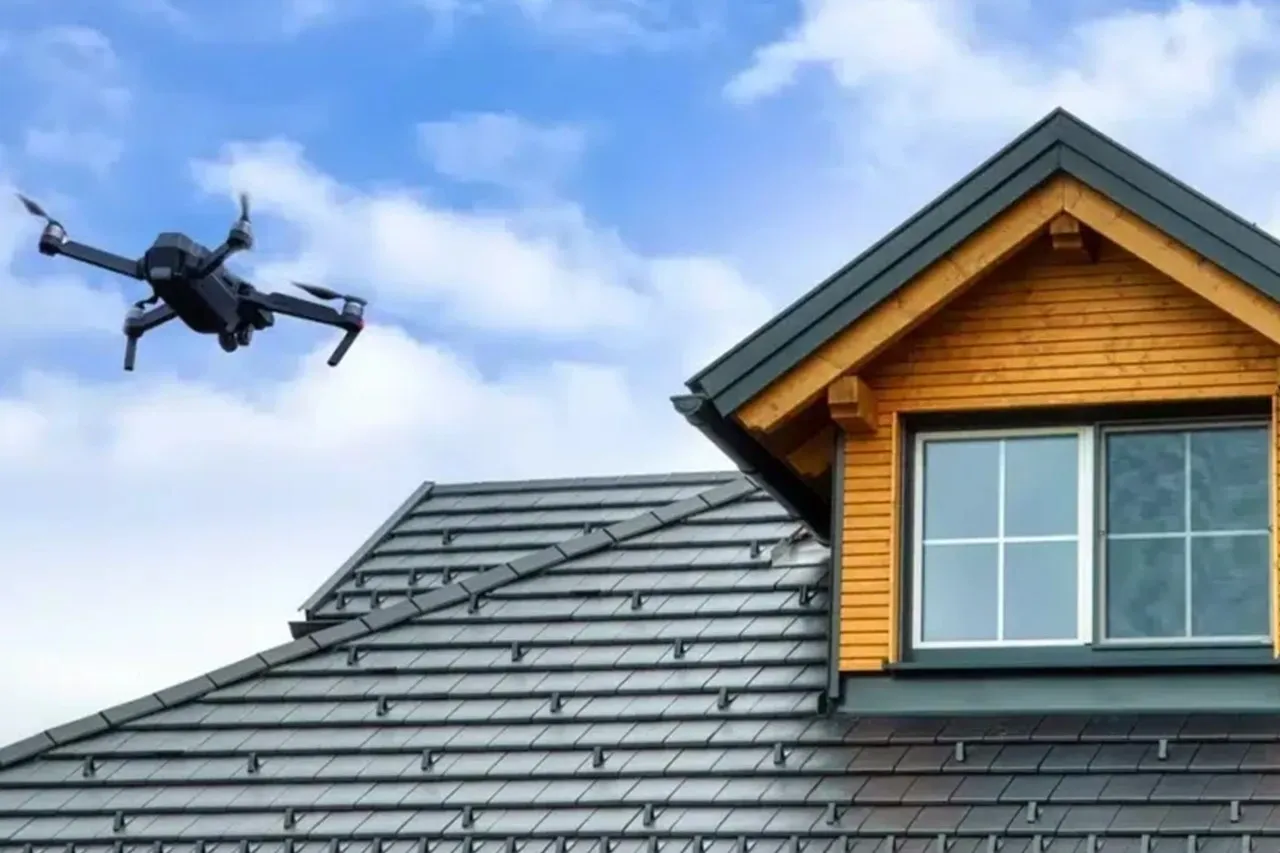The Role of Drone Thermal Imaging in Identifying Building Issues
Drone thermal imaging has emerged as a valuable tool in the construction and inspection industries. Particularly in Chesterfield, this technology allows professionals to identify building issues that might not be visible to the naked eye. By using thermal cameras mounted on drones, inspectors can capture detailed heat maps, providing insights into a building’s structural integrity, energy efficiency, and overall condition.
Understanding Thermal Imaging Technology
Thermal imaging detects infrared radiation, converting it into visible images that highlight temperature differences across surfaces. Warmer areas appear as brighter spots on the thermal images, while cooler regions appear darker. This capability makes drone thermal imaging an essential resource for identifying potential problems in buildings, such as leaks, insulation deficiencies, and electrical issues.
For property owners in Chesterfield, drone thermal imaging can help pinpoint problem areas before they escalate into costly repairs. Traditional inspection methods may miss these subtleties, leading to unexpected issues down the line. By utilizing drone technology, inspectors can conduct thorough assessments quickly and efficiently.
Identifying Common Building Issues
- Roof Leaks: One of the primary applications of drone thermal imaging is in roof inspections. For example, in Ashland, drone roof inspections can reveal hidden leaks that are not apparent from the ground. Thermal cameras can detect temperature fluctuations caused by moisture infiltration, enabling quick and accurate assessments
- Insulation Deficiencies: Many buildings suffer from inadequate insulation, leading to increased energy costs and discomfort for occupants. Drone thermal imaging helps locate areas with poor insulation by highlighting temperature differences. This insight is essential for homeowners aiming to enhance energy efficiency and lower their utility costs.
- Electrical Problems: Overheating electrical components can pose significant safety risks. Drones equipped with thermal cameras can quickly scan electrical panels and wiring, detecting hotspots that indicate potential failures. This proactive approach to maintenance helps ensure the safety and reliability of a building’s electrical system.
- Moisture Intrusion: Moisture problems can lead to mold growth and structural damage. Drone thermal imaging can identify moisture intrusion in walls, ceilings, and floors, allowing for timely intervention. Addressing these issues promptly can save homeowners from extensive repairs and health hazards associated with mold.
Advantages of Using Drones for Thermal Imaging
The integration of drones into thermal imaging inspections offers several advantages:
- Efficiency: Drones can cover large areas in a fraction of the time it would take for traditional inspections. This efficiency is particularly beneficial for larger buildings and roofs.
- Safety: Using drones reduces the need for ladders and scaffolding, minimizing risks associated with manual inspections. This is especially crucial for hard-to-reach areas, such as tall roofs or industrial structures.
- Cost-Effectiveness: By identifying issues early, drone thermal imaging can help property owners avoid costly repairs and downtime. Investing in drone inspections can ultimately lead to significant savings.
Wrap-Up Notes
Drone thermal imaging is revolutionizing the way building inspections are conducted in Chesterfield. By providing valuable insights into potential issues, this technology enhances the efficiency and effectiveness of inspections. Whether identifying roof leaks or insulation problems, drone thermal imaging is a game-changer for property owners and inspectors alike.
For those seeking expert drone thermal imaging services, I Fly Drones LLC offers top-notch solutions tailored to meet the needs of Chesterfield residents. With advanced technology and a commitment to quality, they ensure that building issues are identified swiftly and accurately, helping maintain the integrity of homes and commercial properties. Embracing this innovative approach not only saves time and money but also enhances the safety and comfort of living and working environments.

